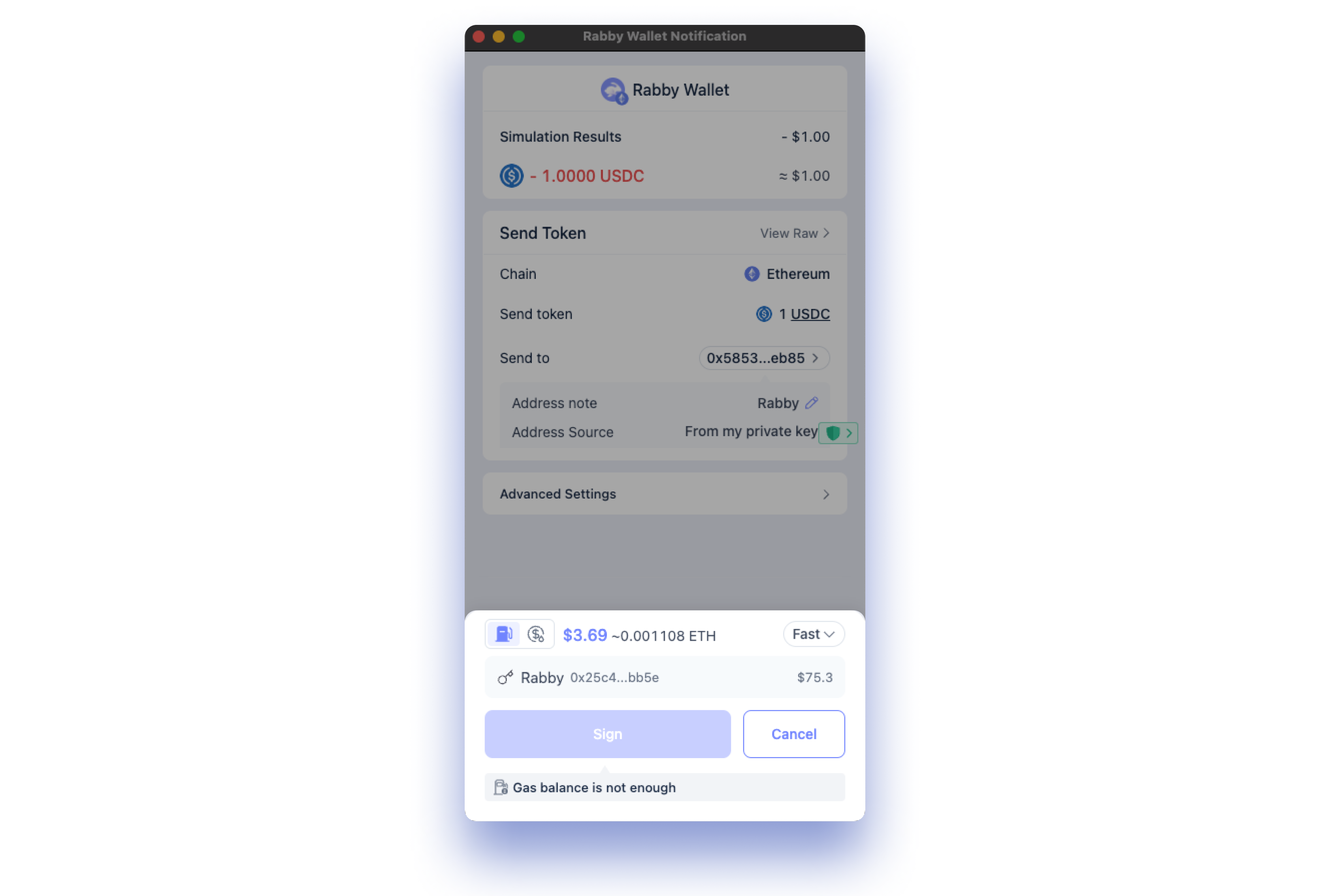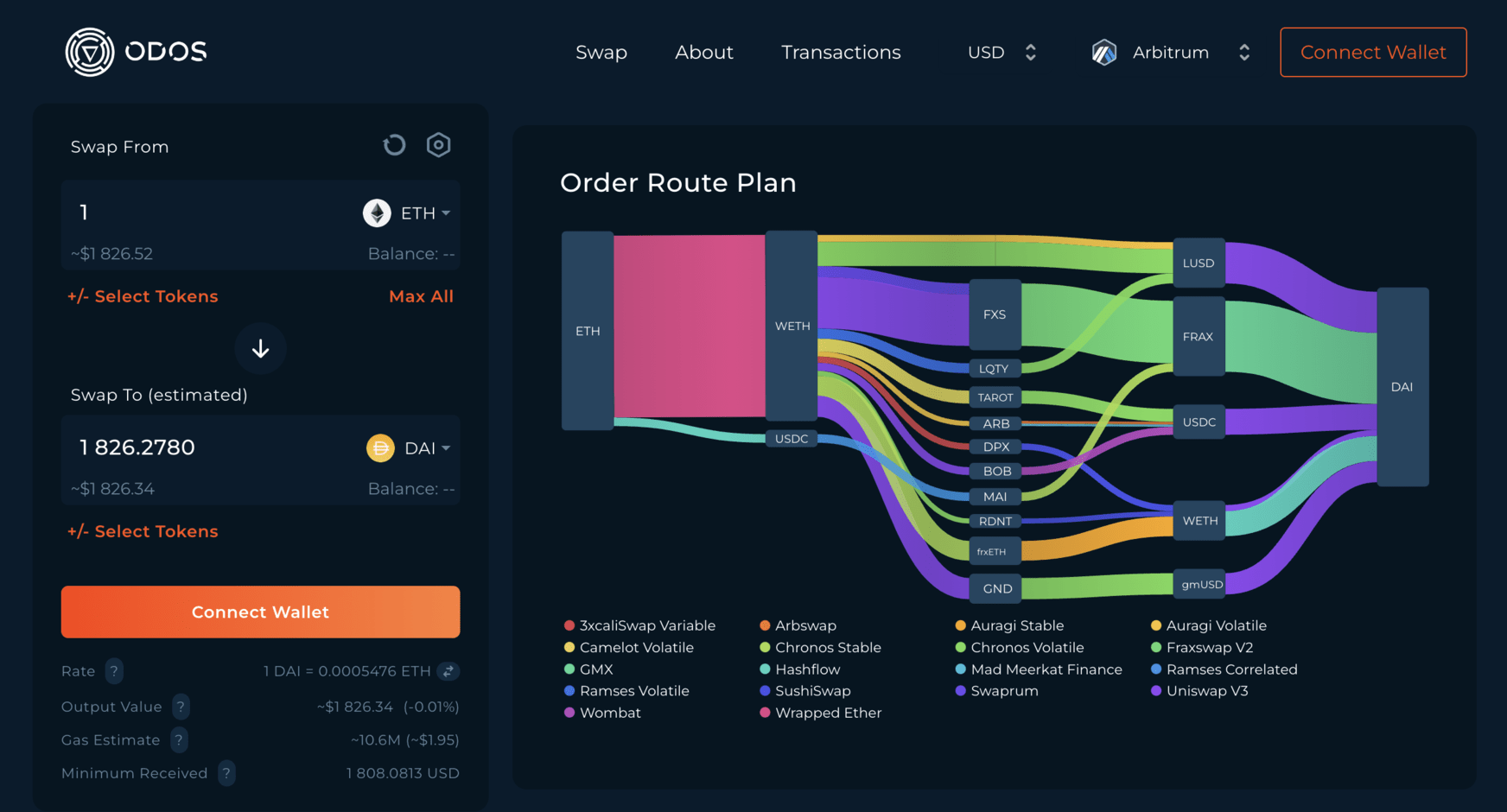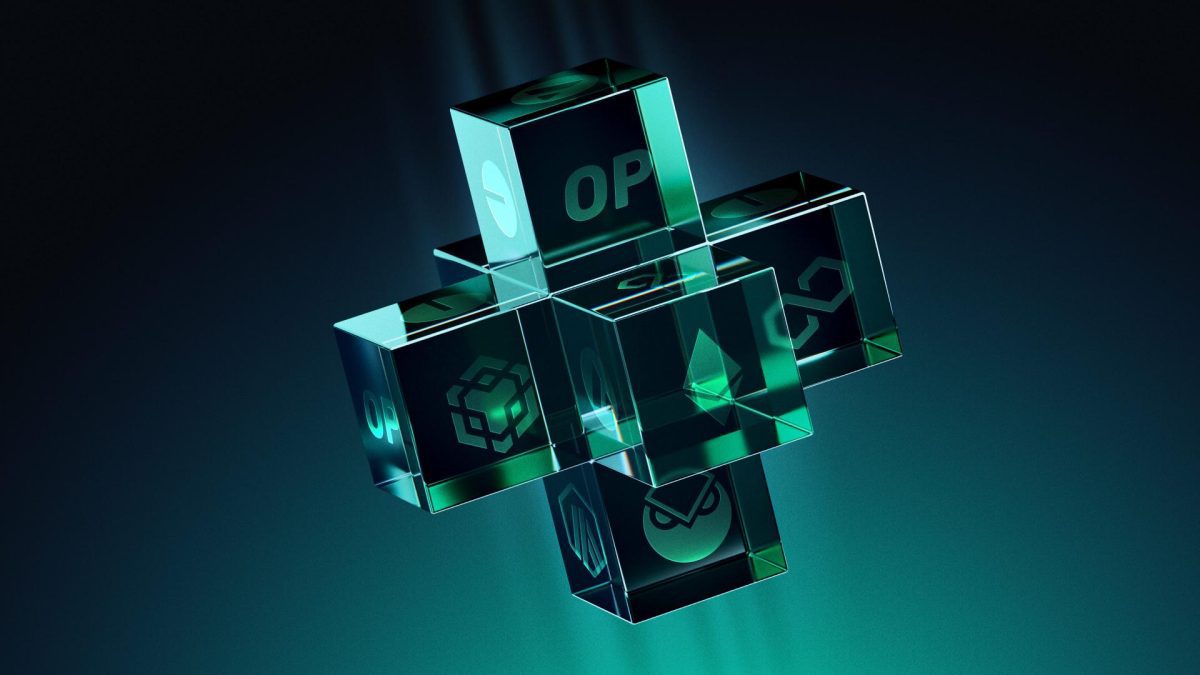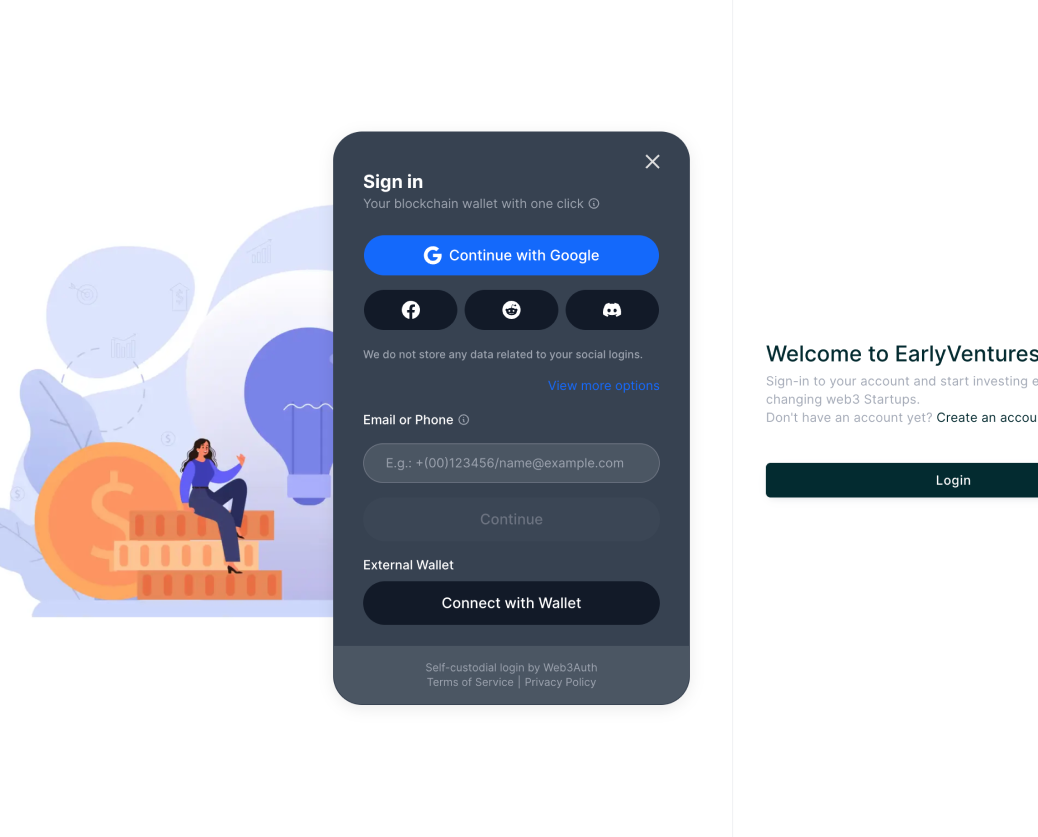
Imagine a world where using DeFi across multiple blockchains feels as smooth and intuitive as using your favorite mobile app. No more juggling a dozen wallets, switching networks, or worrying about which token pays your gas fees. That’s the promise of chain abstraction UX: a seamless, unified experience that finally bridges the gaps between chains and unlocks the true potential of decentralized finance.

What Is Chain Abstraction and Why Does It Matter?
At its core, chain abstraction is about hiding the messy plumbing of Web3 from the end user. Traditionally, every blockchain has its own rules, tokens, and quirks. If you wanted to move assets from Ethereum to Solana or interact with dApps on different chains, you’d need to manually bridge tokens, manage multiple wallets, and pay attention to each chain’s unique fee structure. This fragmentation has been one of the biggest barriers to mainstream DeFi adoption.
Chain abstraction solves this by introducing a smart layer between users and blockchains. This layer handles all cross-chain complexities behind the scenes – routing transactions through optimal paths, abstracting away gas payments, and presenting users with one simple interface for all their DeFi needs. As highlighted by sources like The Defiant and Polkadot’s recent research on Web3 UX, it’s this invisible orchestration that turns multi-chain chaos into a unified crypto experience.
The Problems Chain Abstraction Solves in Cross-Chain DeFi
The current cross-chain DeFi user experience is riddled with friction points:
- Multiple wallets: Users must create and manage separate wallets for each blockchain they interact with.
- Network switching: Navigating between chains often means constantly switching network settings in your wallet.
- Diverse gas tokens: Every chain has its own native token for transaction fees – making even simple swaps confusing.
- Cumbersome bridging: Moving assets between chains requires manual bridging steps that are slow and error-prone.
- Poor liquidity: Fragmented liquidity pools lead to higher slippage and worse trading outcomes.
This complexity creates cognitive overload for new users and slows down even experienced traders. By unifying access points and automating backend processes, chain abstraction eliminates these hurdles – making cross-chain DeFi as easy as single-chain use cases. For an in-depth look at how this works in practice, check out our deep dive on how chain abstraction makes cross-chain swaps as simple as single-chain transactions.
The New Standard: Unified Wallets and Seamless Transactions
The most visible impact of chain abstraction is the rise of unified crypto wallets. Instead of juggling MetaMask for Ethereum, Phantom for Solana, or Keplr for Cosmos chains, users can now interact with one wallet that speaks to all blockchains under the hood. These wallets allow you to view balances across multiple networks in one dashboard, send assets anywhere without worrying about which chain they’re on, and even pay fees using any supported token (not just native coins).
This isn’t just theory – platforms like zkCross Network are already leveraging AI algorithms to route transactions through optimal paths automatically. The result? Lower costs, faster settlements, and less room for user error. Meanwhile, liquidity aggregation ensures deeper markets by pooling assets from various blockchains together – meaning less slippage when you trade or swap tokens.
Simplifying Onboarding and Security
The benefits go beyond convenience. Chain abstraction also improves onboarding by supporting familiar Web2 login methods such as email or social accounts – dramatically reducing friction for new users who may be intimidated by seed phrases or private keys. At the same time, smart contract automation enhances security by minimizing human error during complex cross-chain operations.
If you’re curious how these advances are transforming real-world trading experiences right now (not just in theory), explore our guide on how chain abstraction enables seamless cross-chain UX for DeFi traders.
As more protocols adopt chain abstraction, the DeFi landscape is rapidly evolving toward a user-centric future. What was once a maze of fragmented liquidity and technical bottlenecks is being replaced by a smooth, app-like experience that rivals traditional fintech platforms. The days of copying contract addresses, fumbling with bridges, or worrying about which token pays for gas are fading fast.
“Chain abstraction isn’t just an upgrade, it’s the missing link that finally makes DeFi accessible to everyone, not just power users. “
Let’s break down the practical improvements that chain abstraction delivers for both new and experienced users:
Key Benefits of Chain Abstraction in DeFi UX
-

Unified Wallet Experience: Manage assets across multiple blockchains with a single wallet interface, eliminating the need for juggling separate wallets and network switches. Platforms like Rabby Wallet and Zerion are pioneering this seamless approach.
-

Deep Liquidity Aggregation: Access larger pools of liquidity sourced from multiple chains, reducing slippage and improving trade execution. Platforms such as Odos and zkCross Network aggregate liquidity for optimal results.
How Chain Abstraction Powers Next-Gen DeFi Experiences
The magic lies in the invisible infrastructure working behind the scenes. Platforms like zkCross Network use AI-powered routing to find the most efficient cross-chain transaction paths. This means you can swap assets between chains in one click, no manual bridges or network switches required. Liquidity aggregation further amplifies this effect by tapping into pools from multiple blockchains at once, so users enjoy better prices and lower slippage.
Security is another area where chain abstraction shines. By automating complex operations with smart contracts and decentralized protocols, these platforms reduce human error and minimize exposure to cross-chain exploits. Users benefit from streamlined workflows without sacrificing safety, a crucial factor as more value flows into DeFi.
Reducing Barriers: Web2-Style Onboarding Meets Web3 Power
One of the most exciting developments is how chain abstraction enables familiar onboarding experiences. Instead of wrestling with seed phrases or private keys, users can sign up with an email or social account, lowering psychological barriers and making DeFi feel as approachable as any mainstream app.
This shift also unlocks new possibilities for developers building on top of interoperable infrastructure. With unified APIs and simplified wallet management, teams can focus on creating innovative dApps rather than reinventing multi-chain plumbing.
What’s Next? The Road Ahead for Chain Abstraction UX
The momentum behind blockchain interoperability solutions is only accelerating. As more chains become compatible with abstracted interfaces, and as standards mature, the prospect of true “one-click” DeFi across any network becomes reality.
If you’re eager to dive deeper into specific use cases or technical underpinnings, don’t miss our resources on how chain abstraction simplifies cross-chain DeFi wallet UX in 2024 and one-click cross-chain swaps in unified wallets. The next wave of user growth will be driven by projects that deliver these seamless experiences at scale.
The bottom line? Chain abstraction UX isn’t just a technical innovation, it’s a paradigm shift toward making decentralized finance truly universal. By removing friction at every touchpoint, from onboarding to trading to asset management, it opens up DeFi to millions more users worldwide.







